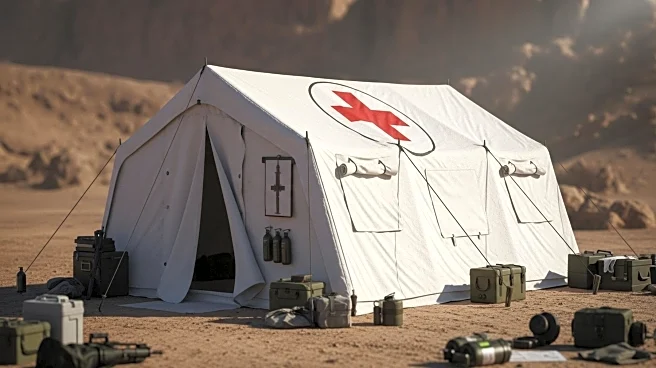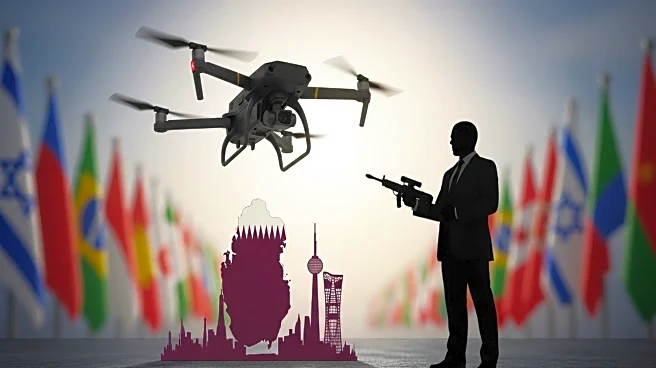What is the story about?
What's Happening?
The Israeli Defense Ministry has reported a significant increase in the number of wounded soldiers from ongoing conflicts, with the total now exceeding 81,700. This includes nearly 20,000 soldiers injured in the current war, marking a substantial rise in casualties. The ministry anticipates that the number of wounded will surpass 100,000 by 2028. Historically, around 62,000 soldiers had been wounded in previous conflicts over the past 75 years, with 18% suffering from emotional harm. The recent conflict has seen a monthly average of 1,000 new claims filed by soldiers regarding their injuries.
Why It's Important?
The sharp increase in wounded soldiers highlights the escalating human cost of ongoing military operations. This surge in casualties could have significant implications for military strategy, healthcare systems, and veteran support services. The psychological and physical toll on soldiers may lead to increased demand for medical and mental health services, potentially straining existing resources. Additionally, the rising number of wounded could influence public opinion and policy decisions regarding military engagement and conflict resolution strategies.
What's Next?
As the conflict continues, the Israeli Defense Ministry and related agencies may need to enhance support systems for wounded soldiers, including medical care and psychological support. There could be increased pressure on the government to address the root causes of the conflict and seek diplomatic solutions to prevent further casualties. The international community may also play a role in mediating peace efforts and providing humanitarian aid to affected regions.
Beyond the Headlines
The long-term impact of the rising number of wounded soldiers may extend beyond immediate healthcare needs. It could affect societal perceptions of military service and influence future recruitment and retention within the armed forces. The emotional and psychological effects on soldiers and their families may also have broader social implications, potentially affecting community dynamics and support networks.
AI Generated Content
Do you find this article useful?














